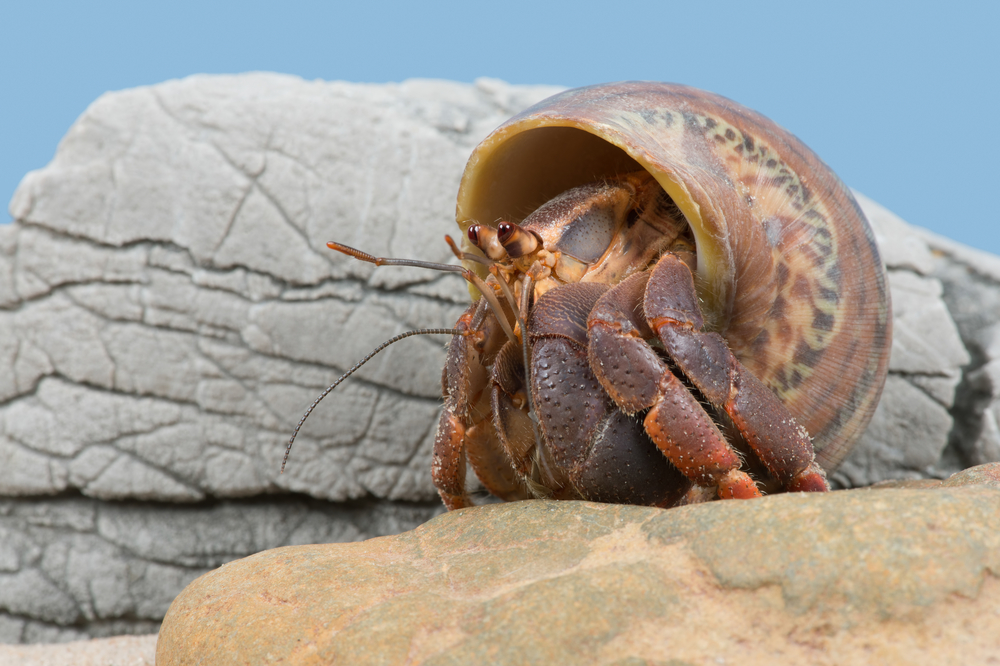Never a lender or borrower be, says Polonius in Shakespeare’s Hamlet. Nature ignores his advice. There is much lending and borrowing in nature’s ways. But perhaps it is more ‘give and take.’ After all, when we lend something, we expect it back. We borrow a lot from nature. Yet, we often forget to give it back, at least in kind. Sometimes nature’s gift is fortuitous, and often it has intention. As tools are fit for purpose, so are the shells used by hermit crabs.

Hermit crabs protect their vulnerable bodies using empty snail shells. Unlike other crabs, their exoskeleton is soft. So, without the snail’s shell, they are vulnerable to predators.
With 800 or more species, hermit crabs show their evolutionary adaptability. Their bodies fit snuggly inside their selected shells. But, hermit crabs must upsize to bigger shells as they grow.
The vacancy chain
When there is a shortage of empty shells, hermit crabs wait their turn, trying out a shell for size. Sometimes losing patience, several crabs may gang up to exclude another from a shell. Sometimes, cooperation works better than the competition. But this is a tricky period for the crabs.
There is logic in waiting. Holding on to each other in a line, from largest to smallest, makes sense. If the shell is too small, the next in line can try. If the shell is the right size, the crab will occupy it, leaving the vacated, smaller shell for the next crab in the line. There is no point in fighting over a shell that might be the wrong size. In this way, the crabs optimise their search for shells.
This is the ‘vacancy chain’. We are familiar with it when moving house, and like us, hermit crabs check out the new house before moving in. They may even try it for size several times. At least the hermit crab doesn’t need a mortgage to buy it! Never a borrower or lender be?

